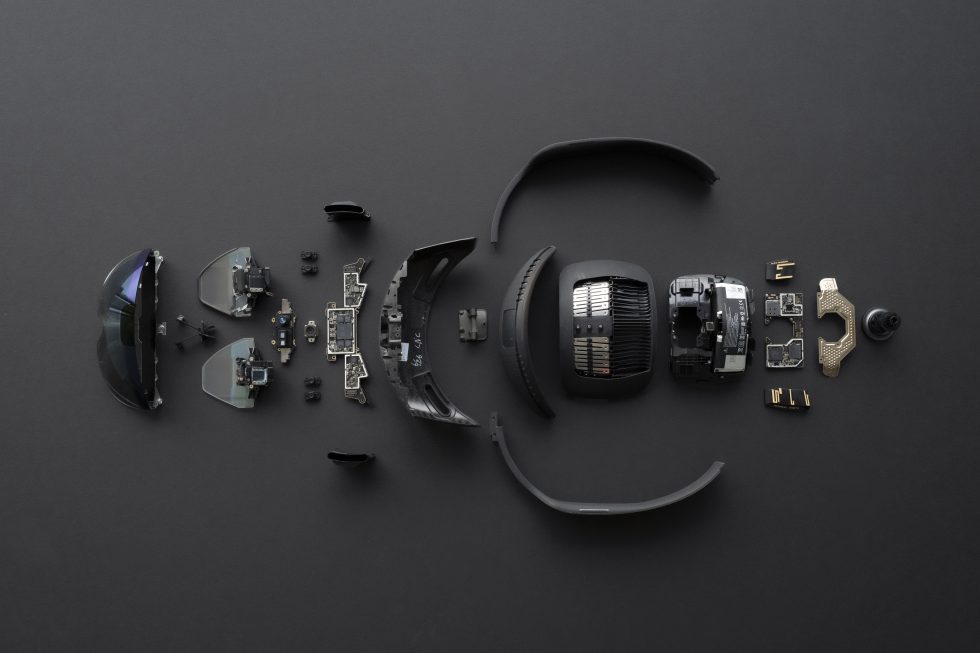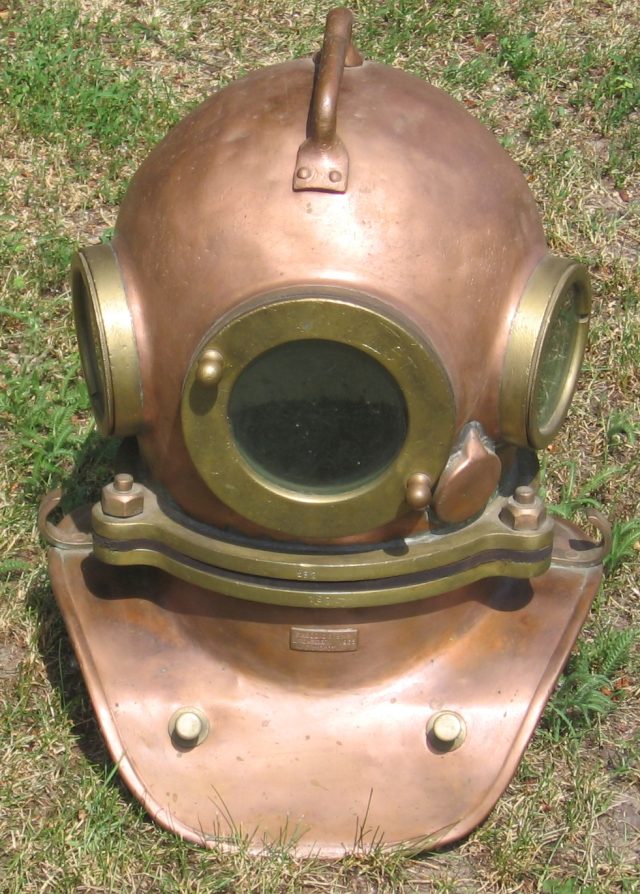Microsoft HoloLens 2 offers trippy, eyeball-tracking augmented reality

Exploded view of a HoloLens 2 headset. This is not an iFixit teardown, and we do not recommend attempting to reduce your $3,500 AR headset to its component parts. [credit: Microsoft ]
On Tuesday, Ars had the opportunity to sit down with Microsoft's Director of Communications, Greg Sullivan, to walk through a quick demonstration of the company's new mixed reality headset, the HoloLens 2. HoloLens 2 isn't a full-immersion virtual reality device like Oculus Quest; it's an augmented reality device-think Poki(C)mon Go on steroids. Sullivan never used the word "augmented" at all, preferring instead to talk about "mixed reality."
When I asked the difference, he explained that the majority of the content and techniques a user experiences with HoloLens2 would translate directly to a hypothetical full-immersion VR headset with the same sensors. "Mixed reality" is a blanket term that encompasses both augmented reality-which specifically mixes elements of virtual and real world-and virtual reality, which at least in theory immerses you entirely in the virtual. Sullivan went on to point out that even what we usually think of as fully virtual reality can't avoid the real world entirely-the six degrees of freedom (6DOF) a VR user experiences end abruptly if the user bonks into a real-world wall.
Ergonomics and eye tracking
My earlier experiences with Google Daydream and Oculus Quest led me to expect VR headsets to feel like this Soviet-era diving helmet. (credit: Wikipedia Commons)
If you're accustomed to VR headsets, one of the first striking things about HoloLens 2 is its weight-or lack thereof. Most VR headsets feel something like a diving helmet-they're heavy and oddly balanced, turning every VR session into a neck workout. HoloLens 2 is considerably lighter, easier to adjust, and pretty much perfectly balanced. It has a single adjustment knob in the back, like a hard-hat or welder's mask, and it slides on and off easily. Adjusted properly, it "floats" across the bridge of the nose, resting a little but not all of its weight there.
Read 12 remaining paragraphs | Comments